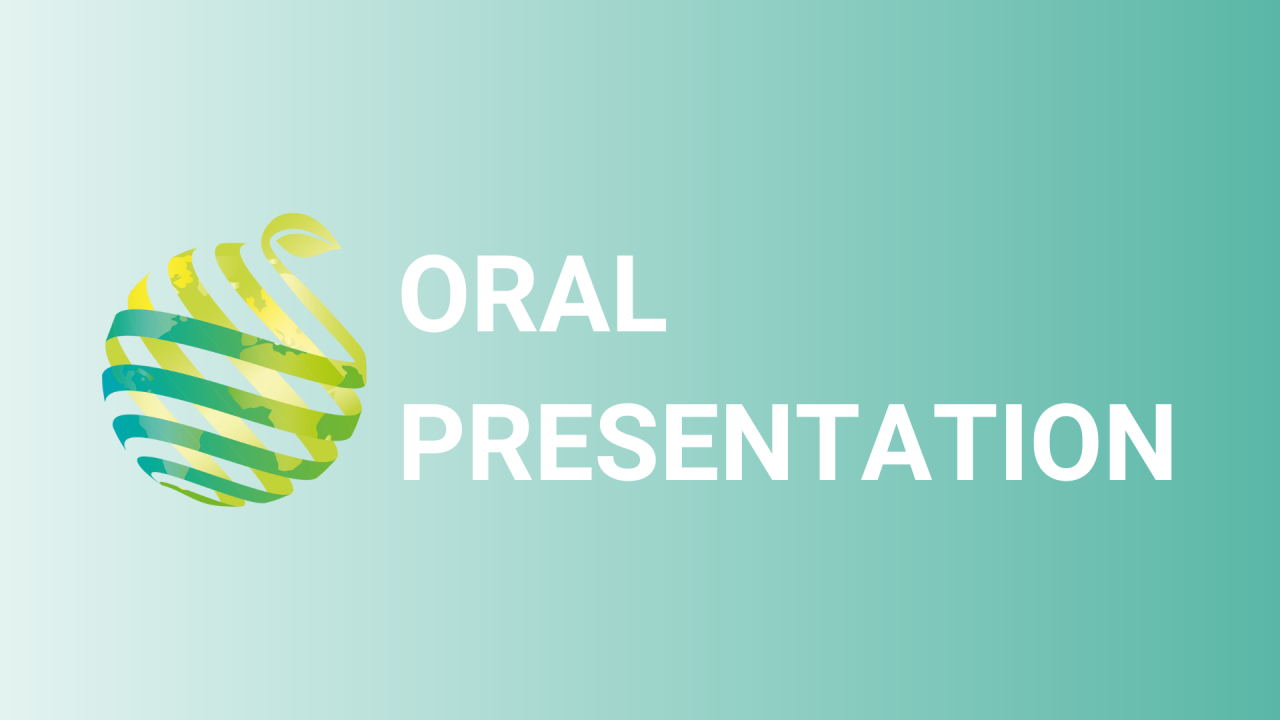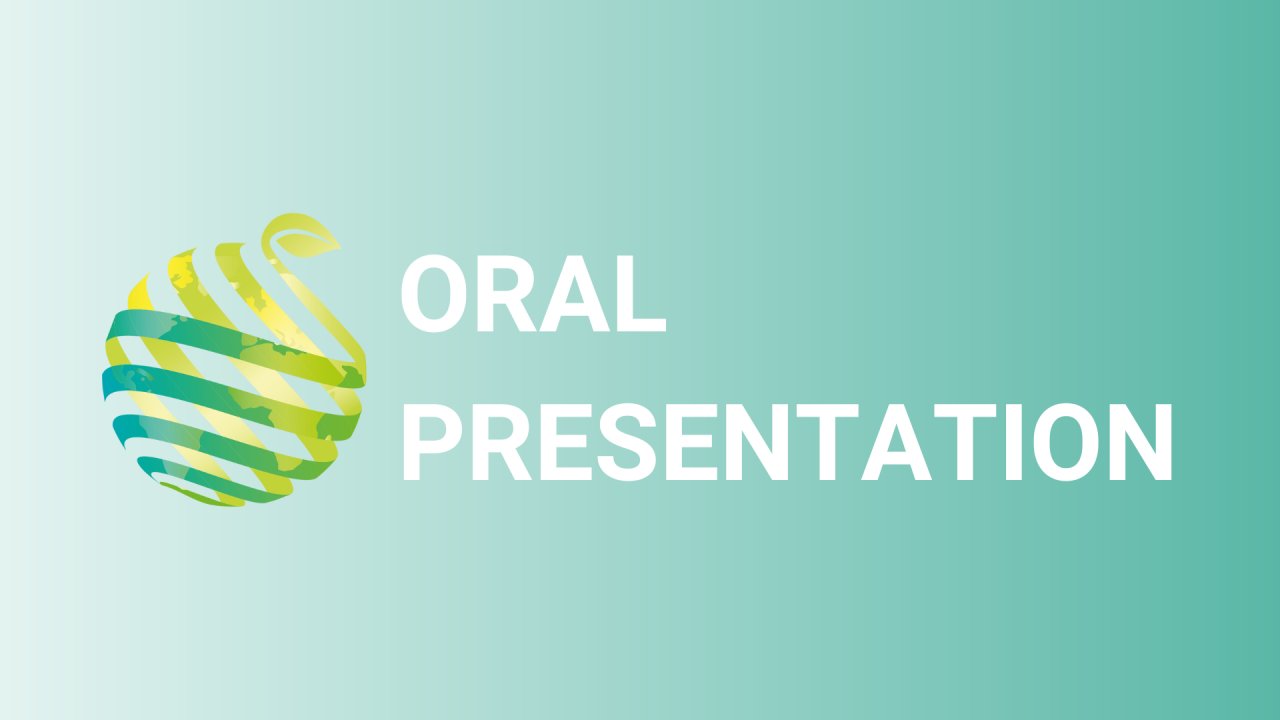

S07 - Session O2 - Native lomas species of Peru as potential plants for urban green in Lima
Information
Authors: Sofia Jesus Flores Vivar *, Koenraad Van Meerbeek, Carmen Van Mechelen, Jose Palacios
The lomas are vegetation communities located along the coast of Peru that thrive during the humid season when fog clouds condense and increased humidity levels allow vegetation growth. During the dry season, growth ceases as most plants go dormant or dry out after seed formation. However, some species can withstand these extreme conditions and grow throughout the year. In Lima, the capital of Peru, urbanization is reducing the already low number of green areas (~3 m²). Moreover, the arid conditions and scarcity of irrigation water create a challenging environment for urban green. L oma species are adapted to harsh environments and thus represent an opportunity to implement sustainable green areas. In this study, we surveyed five lomas around the coast of Peru. Twenty-five indigenous plant species were collected, propagated and grown in a nursery to evaluate their performance for ~4 months. Only (14) species with vegetative reproductive structures were able to be propagated Althernanthera halimifolia , Phyla nodiflora were the fastest rooting species, Nolana humifusa moderately fast, while Atriplex rotundifolia was the slowest. Among the geophytes, Begonia octopetala sprouted in about three weeks, but Ismene amancaes, Oziroe biflora and Stenomesson flavum sprouted earlier. After this period, we started to compare the performance and growth of these native species with plants commonly grown in green areas in Lima, either as a group or independently in a green roof experiment under low and high levels of irrigation (80 and 160 ml/day). After three months, plant growth and flower number were similar under both irrigation levels. While some native species have shown some dehydration symptoms, they are growing and flowering faster than common plants and geophytes have entered dormancy. Although the plants have only been out of their habitat for a short time, most of them are responding positively to the arid conditions of Lima.